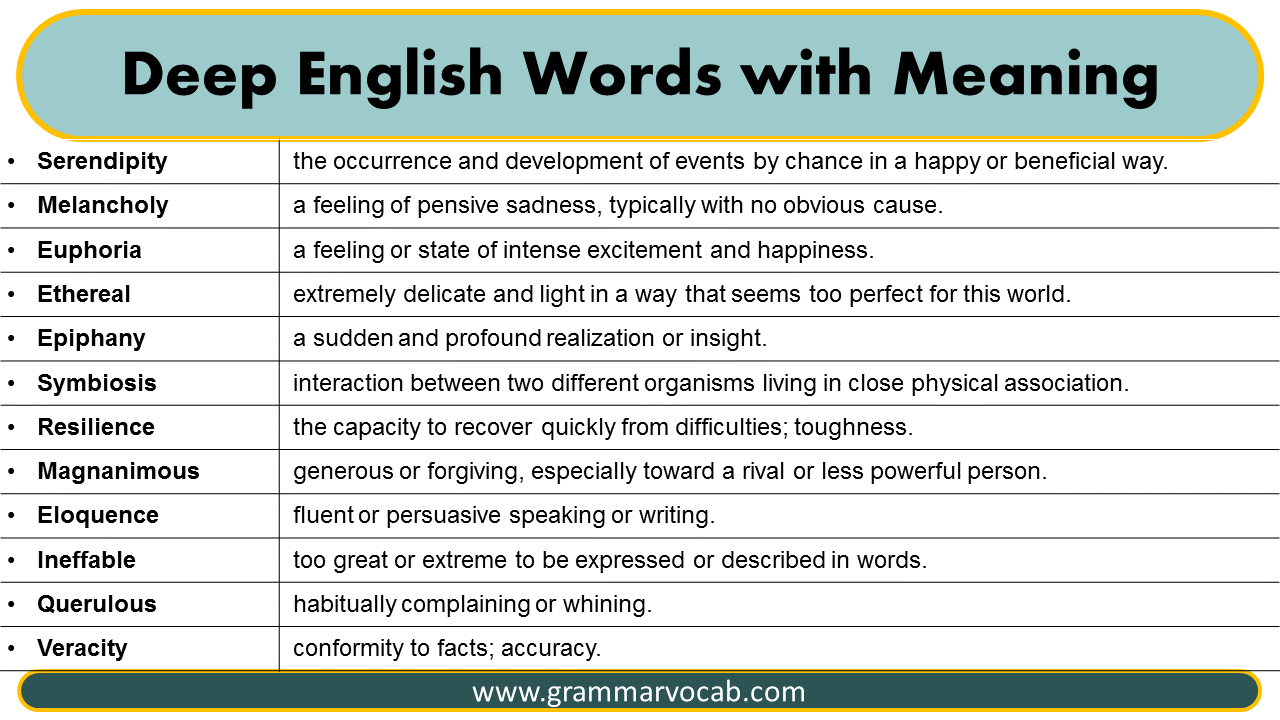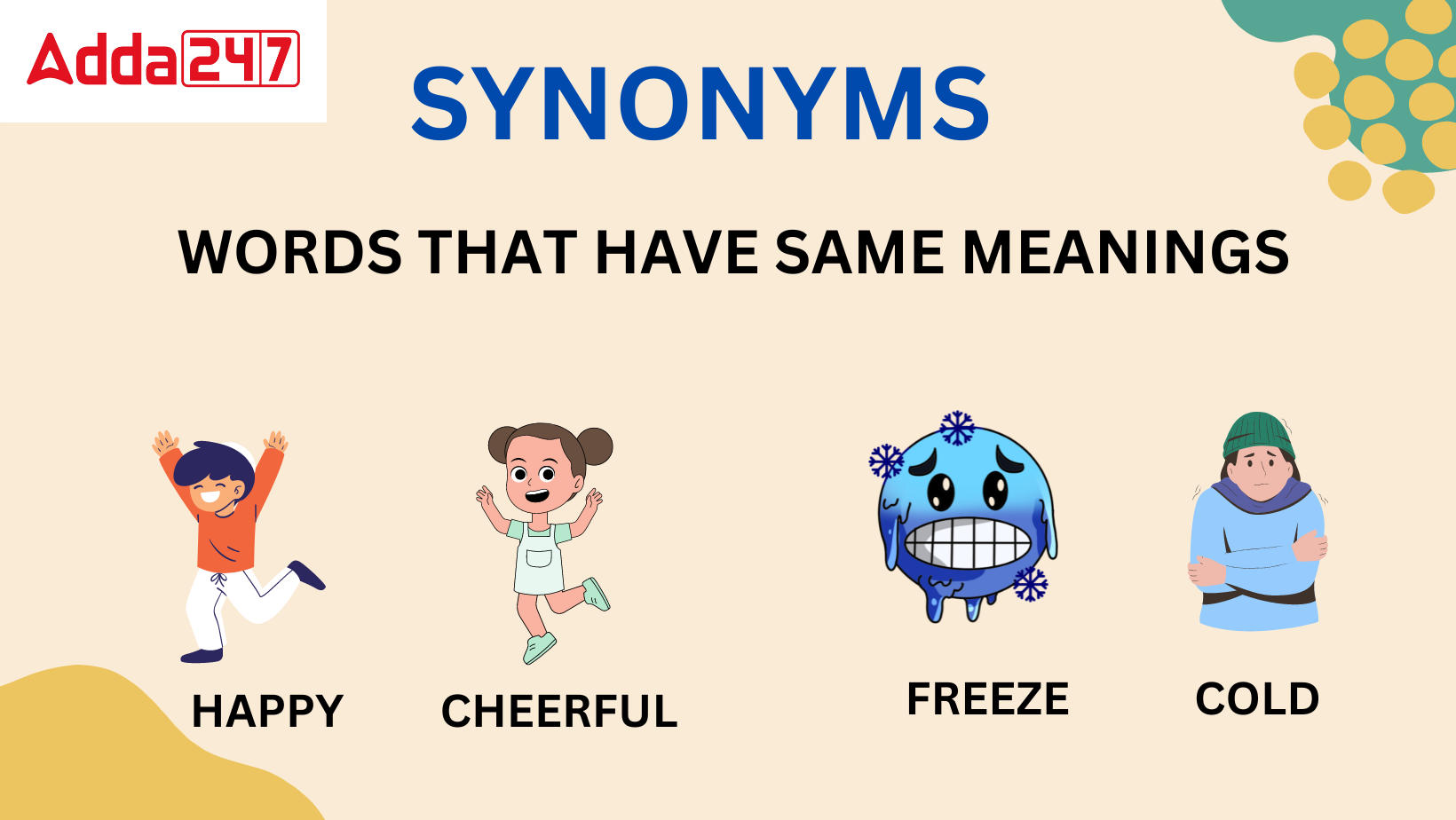Have you ever looked at a simple shape, perhaps a triangle, and felt a pull to understand what it truly stands for? It's a rather common thing, you know, how certain images just seem to hold a deeper sense. A triangle, in its usual position, points upward, suggesting one thing, but what happens when it flips? That's when things get interesting, and the **meaning of an upside down triangle** starts to become something quite different.
It’s a bit like those mathematical signs we often use, isn't it? The less than symbol, for instance, <, looks very much like an 'l', which helps us remember it means "less than." But then, the greater than symbol, >, faces the other way entirely. Just that simple change in direction flips the whole idea, showing how one value is bigger than another. The open part of the symbol always points toward the larger number, while the arrow end points to the smaller one.
This idea of orientation making all the difference is quite powerful when we think about symbols. It truly shows how a slight turn can change what something represents, giving it a whole new story or a different kind of message. So, let's explore how the upside-down triangle gets its particular sense and what that might be.
Table of Contents
- Understanding Symbols and Their Sense
- The Impact of Orientation: A Visual Flip
- Common Interpretations of the Inverted Triangle
- How Meanings Change Over Time and Place
- Frequently Asked Questions About the Upside Down Triangle
Understanding Symbols and Their Sense
When we talk about the sense of a symbol, we are really talking about what it refers to or represents. It’s the idea or thing that can be made clear using other words. Think about how we learn words in a dictionary; they give us the explanations for what words mean. It's how we find definitions for over 300,000 words, you know, continuously updated with new words and meanings.
The meaning of a word, an expression, or even a gesture, is that thing or idea it stands for. It’s what can be explained using other words. Our online dictionary, for example, is a wonderful source for these sorts of things, giving us origins of words, meanings of concepts, and even example sentences. It's a trusted authority for many years, offering free word lists and quizzes too.
Symbols are a lot like words in this way; they carry a sense that people have agreed upon, or that has grown over time. Just like the literal meaning of 'television' is 'seeing from a distance,' a symbol's sense comes from what it shows or points to. Sometimes, it's very difficult to draw a clear distinction, but the general word for what is intended to be expressed or indicated by something is "meaning."
Consider the simple equal sign, for instance. It means two things are the same. But then, there's the not equal to sign, which tells us they are different. These are important signs to know, and they really show how a small mark can carry a lot of information. It's quite fascinating, actually, how we assign these ideas to shapes.
The Impact of Orientation: A Visual Flip
Now, let's get back to our triangle. A triangle standing upright, with its point facing the sky, often suggests things like stability, aspiration, or even a sense of rising. But what happens when you flip it? When it points downward, that simple change in how it's placed can really alter its message. It's like the greater than and less than symbols, where a slight turn changes everything.
The greater than symbol, >, means the first number is larger or more significant than the second. The less than symbol, <, means the number on the left is smaller than the one on the right. The symbol always opens toward the bigger number. This idea of direction and what it signifies is very important. The arrow points to the smaller number, showing a sort of diminishing quality.
Similarly, an upside-down triangle, with its broad base at the top and its point facing down, can suggest a flow, a descent, or even a different kind of stability. It’s not just a reversed image; it's a reversed idea, in a way. This visual flip often leads to completely different interpretations across various traditions and beliefs. It's quite a powerful visual shift, you know?
Just as the "alligator method" helps us remember which way the mouth opens for greater than or less than, the orientation of a triangle gives us clues about its sense. The way it's facing, or the direction its point takes, is a key part of what it might be trying to say. It’s not just a shape, it's a shape with a specific posture, which, apparently, matters a lot.
Common Interpretations of the Inverted Triangle
When people look at the **meaning of an upside down triangle**, they often connect it with certain ideas that have developed over a long time. For many, this downward-pointing shape is tied to elements like water, as water typically flows downward. It can also be linked to femininity, the earth, or even a sense of grounding. It's a bit like how we see the open end of the greater than sign facing the bigger number; there's a direction to the concept.
In some spiritual or mystical practices, the inverted triangle might represent the divine feminine, a receptive quality, or even a connection to the material world. It’s often seen as the opposite of the upright triangle, which might represent fire, masculinity, or aspiration. These are not strict rules, mind you, but rather common ways people have come to understand these shapes over many generations.
Sometimes, too, it can symbolize a sort of descent into the self, a journey inward, or the path to uncovering hidden truths. Think about how a dictionary is continuously updated with new words and meanings; symbols, in a way, also gather new layers of meaning as people use and interpret them in different times and places. The sense of a symbol, like a word, can grow and change.
The specific context where you see an upside-down triangle really matters for its sense. An inverted triangle in a piece of art might have a very personal or artistic message, while the same shape in an ancient symbol system could point to a very different idea. It's not always a straightforward thing, and that's actually part of its appeal, perhaps.
How Meanings Change Over Time and Place
The way we understand symbols is not fixed; it shifts and grows over time. Just as dictionaries are continuously updated with new words and their senses, the meaning of shapes can also change. For instance, think about emoji history, which we were discussing just yesterday as part of our world emoji day 2025 celebrations. Emojis, too, get new uses and interpretations as people interact with them.
The meaning of a sentence, for example, often depends on stress and intonation. This tells us that even how something is said can alter its sense. With symbols, it's similar. The cultural background, the historical period, and even the personal experiences of the person looking at the symbol can all play a part in what it means to them. It's not just a simple, single definition, you know?
Consider how the greater than symbol establishes a relationship between two terms where one is more than the other. This relationship is clear in mathematics. But outside of math, a symbol like the inverted triangle might establish a relationship between concepts that are more fluid and open to interpretation. It's like finding definitions for over 300,000 words; each one has its own story, its own journey of sense-making.
The world’s leading online dictionary is always working to give us English definitions, synonyms, and word origins. This ongoing work shows that language and symbols are living things, always gaining new layers of significance. So, the **meaning of an upside down triangle** isn't just one thing; it's a rich tapestry of ideas that people have woven over time. You can learn more about symbolism on our site, and perhaps discover other geometric meanings that have shifted over the years.
It’s fascinating how symbols, like words, can have multiple layers of sense, purport, and significance. These words all denote that which is expressed or indicated by something. The upside-down triangle, then, is a perfect example of how a simple geometric form can carry such a diverse range of ideas, depending on who is looking and where they are looking from. To be honest, it's quite a compelling topic.
Frequently Asked Questions About the Upside Down Triangle
What does an upside-down triangle generally represent?
An upside-down triangle is often connected to ideas like water, femininity, the earth, or a sense of grounding. It can also suggest a flow or a receptive quality. Its sense usually contrasts with that of an upright triangle, which might represent fire or masculinity. It's a bit like how the less than sign, <, shows a smaller value, opposite to the greater than sign.
Is the inverted triangle a negative symbol?
Not at all. The sense of the inverted triangle is not inherently negative. Its interpretations vary widely depending on the context and cultural background. In many traditions, it holds positive or neutral meanings, such as representing the divine feminine, stability, or a connection to the natural world. It really depends on where you see it and what ideas are being explored.
How does the meaning of an upside-down triangle differ across cultures?
The meaning of an upside-down triangle can differ quite a bit across various cultures and belief systems. For instance, in some ancient traditions, it might be linked to specific deities or elemental forces, while in modern contexts, it could be used in logos or art with entirely new meanings. The way we define words in dictionaries changes over time, and symbols are much the same, adapting to new understandings.
So, as we have explored, the **meaning of an upside down triangle** is a rich and varied concept. It shows us how a simple change in orientation can completely alter what a symbol conveys, much like the difference between the greater than and less than signs. Understanding symbols means looking at their history, their context, and the many ways people have interpreted them over time. It’s a wonderful journey into how we make sense of the world around us.



Detail Author:
- Name : Prof. Green Thiel
- Username : kurt91
- Email : schiller.allan@yahoo.com
- Birthdate : 2006-08-17
- Address : 34265 Kayleigh Knolls Suite 146 West Bernadine, HI 33028
- Phone : +1-629-455-0867
- Company : Lehner PLC
- Job : Anesthesiologist
- Bio : Voluptas omnis eos est qui veritatis. Similique velit est eum sint voluptatum vero numquam voluptatum. Minus dolorum fugit iusto eos molestiae exercitationem delectus.
Socials
twitter:
- url : https://twitter.com/jakerussel
- username : jakerussel
- bio : Temporibus consequatur cum illum harum numquam aut. Magnam laborum provident id rerum minus et. Expedita consequatur ab laboriosam.
- followers : 3365
- following : 599
tiktok:
- url : https://tiktok.com/@jrussel
- username : jrussel
- bio : Quaerat ratione qui consequatur voluptate molestias totam.
- followers : 6098
- following : 2506
instagram:
- url : https://instagram.com/jake_xx
- username : jake_xx
- bio : Perspiciatis optio dolor a est sit et sit. Sed ducimus quidem possimus.
- followers : 426
- following : 1782